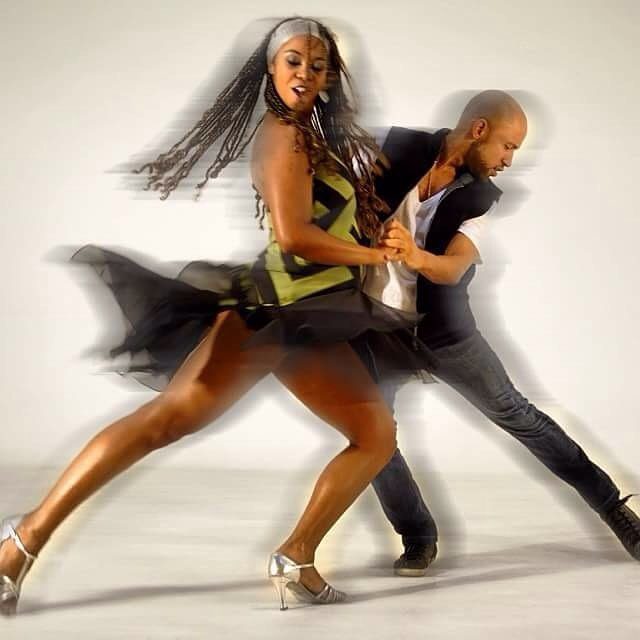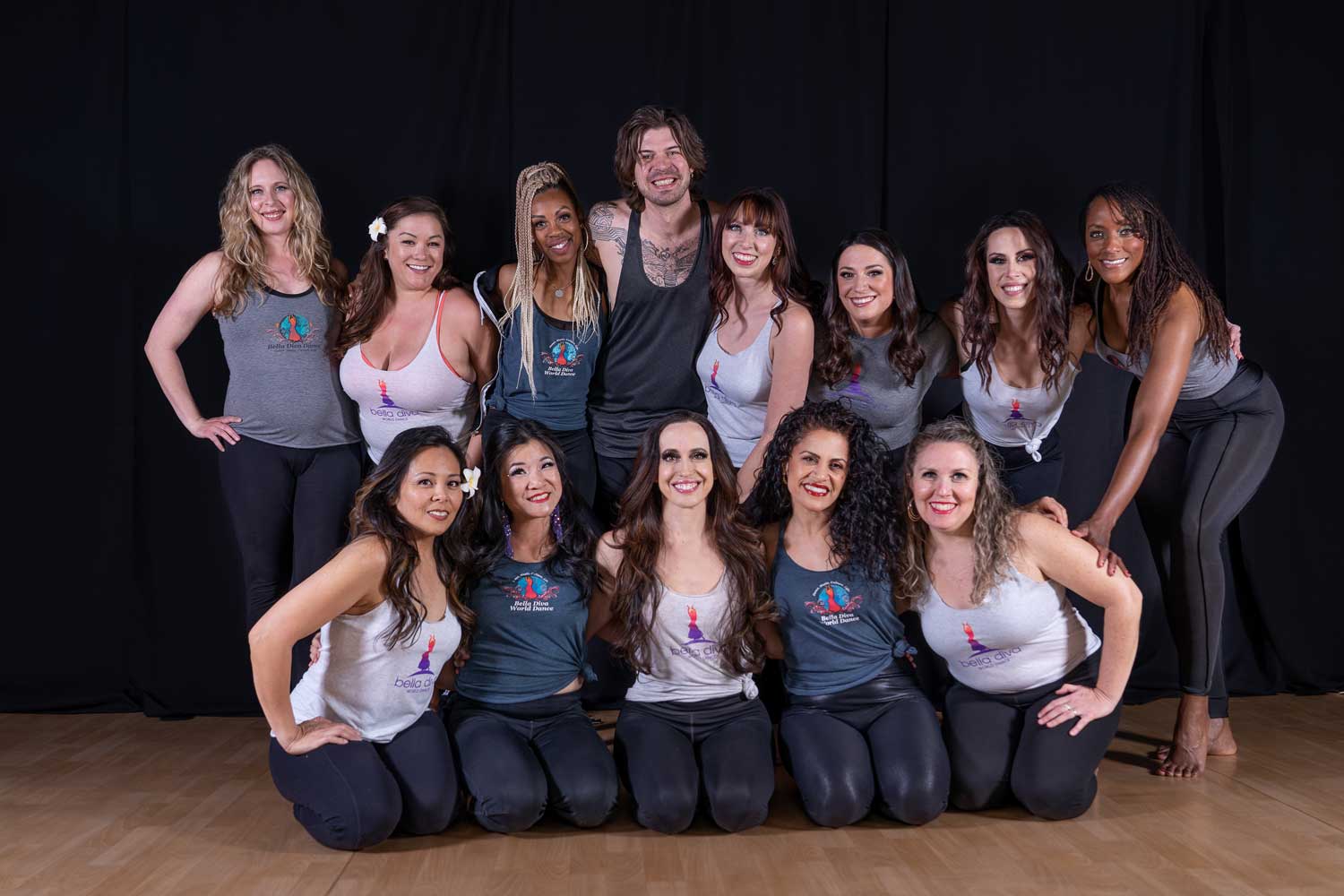
A dancer’s feet sure take a beating. Whether they are crammed into stiff pointe shoes, bare and providing a soft landing from a giant leap, or spinning around in high-heeled ballroom shoes, your feet are the real foundation of every move you make on the dance floor. It’s no wonder that your feet ache at the end of a long day of training. However, when those aches turn into true pain, it’s time to take a step back and give your feet the attention they deserve. The following are three common injuries of the foot and ways to treat them.
1. Strains and Sprains
Ankle sprains and strains are among the most common types of foot injuries of dancers. Sprains of the ankle occur when the ankle is accidentally turned or rolled outward.
buy viagra online https://pridedentaloffice.com/wp-content/themes/Divi/includes/new/viagra.html no prescription
buy prednisone Canada https://langleyrx.com/prednisone.html no prescription
Sometimes, ligaments of the ankle are torn, resulting in a lateral sprain. These types of sprains range from first- to third-degree injuries.
Symptoms: You know immediately if you sprain your ankle. If you sprain or strain your ankle, you will most likely suffer pain and swelling around the outside of your ankle. You may find it too painful to stand or walk. Your ankle may bruise within a couple of days due to blood rushing to the injured area.
Causes: Improper landings from leaps and jumps are usually the cause of ankle sprains and strains. Some ankle sprains result from a slight roll of the foot due to a sudden loss of balance.
Treatment: The RICE (Rest – Ice – Compression – Elevation) treatment should be administered immediately following an ankle strain or sprain.
2. Plantar Fasciitis
Plantar fasciitis is one of the most common causes of heel pain in dancers.
Symptoms: Plantar fasciitis usually causes a stabbing pain in the bottom of your foot near the heel with your first steps in the morning. You may also notice pain after long periods of standing or sitting.
Causes: A few causes of plantar fasciitis in dancers include improper landing of jumps (not using the heels or landing flat-footed) and pushing off the floor incorrectly.
Treatment: Stretching and strengthening exercises may provide pain relief. If the pain is severe, steroid shots are sometimes administered. Properly warming up and cooling down will also help ease the pain in dancers with plantar fasciitis.
3. Dancer’s Fracture
Dancer’s fracture is the most common acute fracture seen in dancers. This fracture involves the long bone on the outside of the foot where the little toe attaches.
Symptoms: Pain and swelling usually occur immediately after the injury. Walking may be difficult or even impossible.
buy cialis sublingual online https://pridedentaloffice.com/wp-content/themes/Divi/includes/new/cialis-sublingual.html no prescription
Your skin around the injury may bruise over time.
Causes: Dancer’s fracture usually occurs after landing from a jump on a turned-in foot.
Treatment: Treatment involves a period of rest while the injury heals, and sometimes a walking boot may need to be worn. A period of rehab will probably be encouraged in order to rebuild mobility and strength in your foot and ankle.

